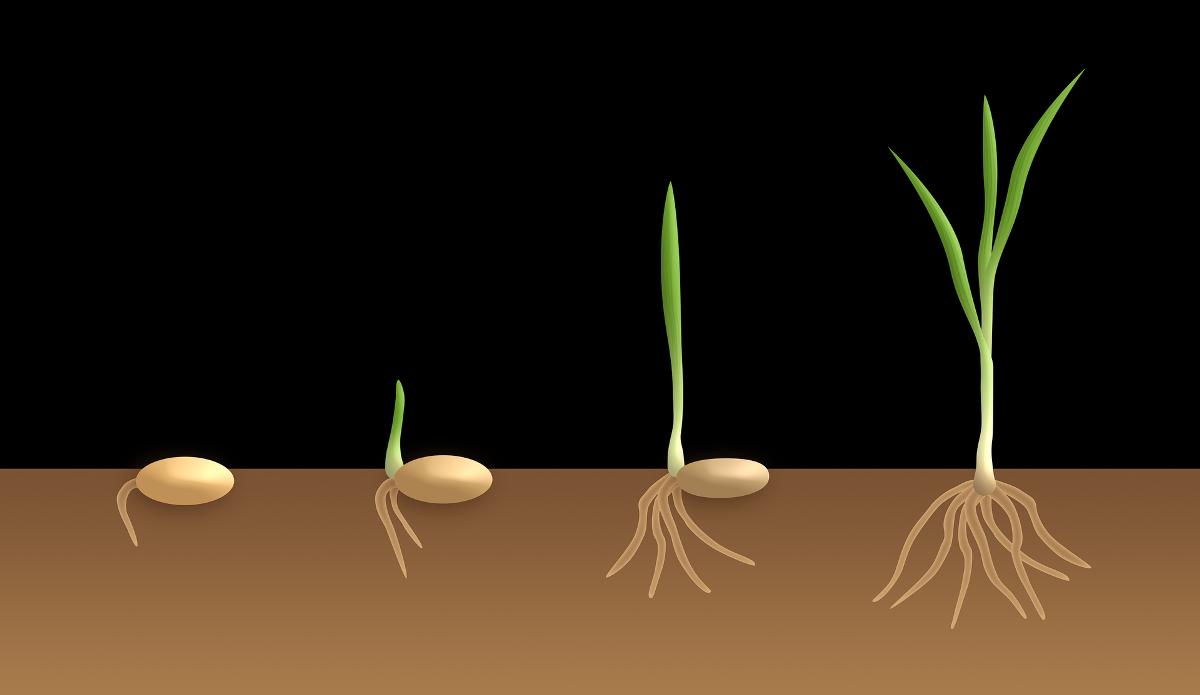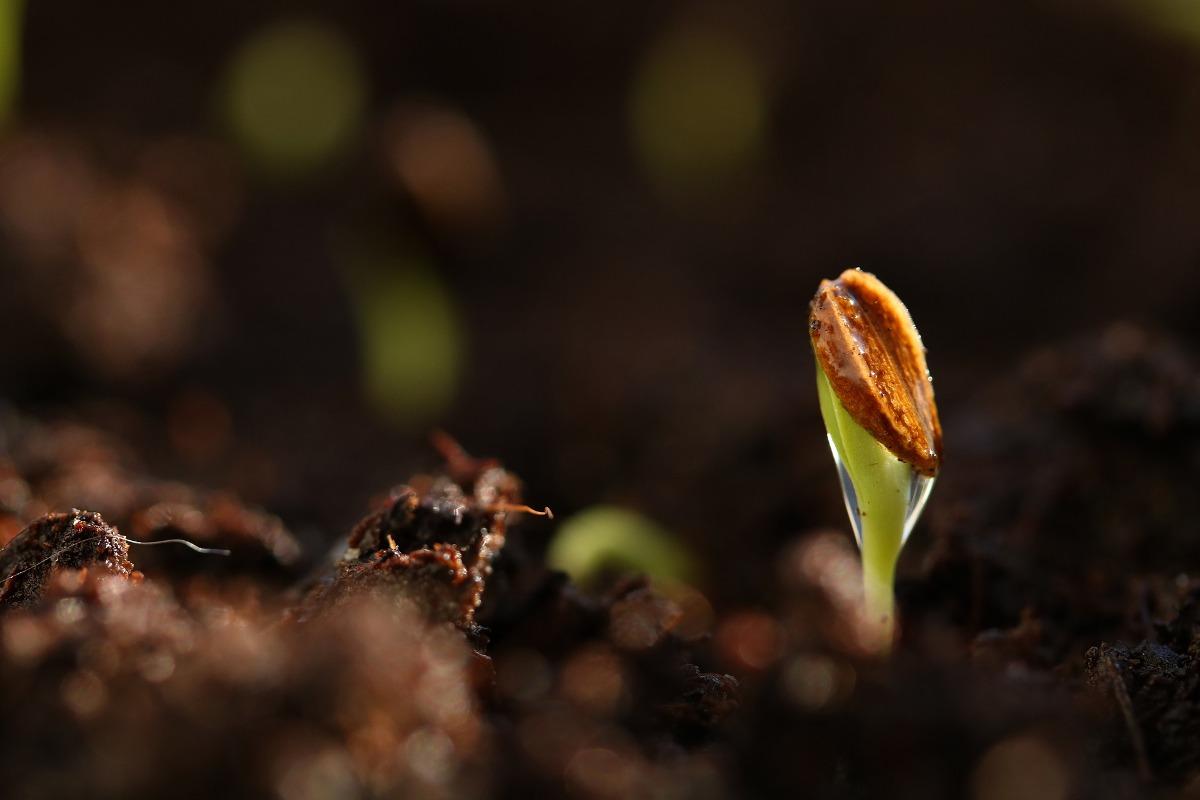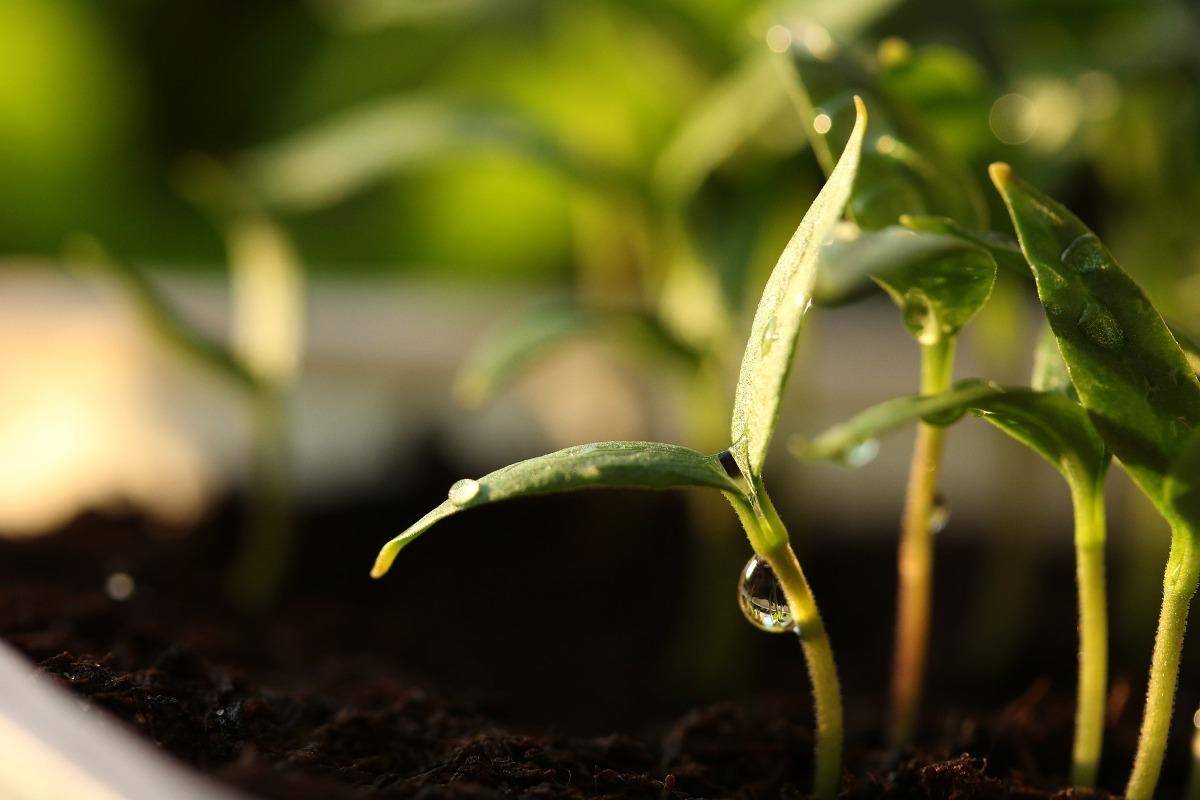Introduction: Hello gardeners we are back with seed germination process, steps involved in seed germination, and types of seed germination. Seeds are smooth yet complicated to germinate. In general, seeds need oxygen and moisture to sprout, followed by mild along-side soil and temperature to develop. Every form of seed has its personal set of requirements for germination. If you realize about the plant you are growing, you’ll be equipped to guess at its germination needs. For example, if the plants need to develop in tropical climates, their seeds need warm temperatures and moisture to germinate. What are we waiting for? Let’s get into the details of the process of seed germination.
A guide to seed germination process, steps, types
Few gardening recommendations will ensure the boom of the seeds in a better way. You can grow heaps of ornamental and vegetable plant life from seed. Growing plant life from seed isn’t continually a smooth task, you can broaden and adopt the following strategies to make certain that seeds get a wholesome start. Maintain the facts to allow for better planning.
The plant propagation methods, you may comply with and get the good results. It depends on your choice in producing, vegetation for your house flower or vegetable gardens, or working at a larger-scale nursery. Every seed has its own most desirable temperature for germination. Many of the seeds need heat temperatures and most want the water to germinate. Many experts propose that soaking perennial plant seeds overnight before planting. Avoid soaking the seeds for longer hours better it’d be less than 24 hours; seeds left too long in water receives rot. Everything needs to be supplied in a genuine way, in order that the germination may be performed in a good way.

It is better to assess the timing of germination, specifically noting what went right and what went wrong. These observations assist us to make changes for subsequent seedlings, to make sure that we are growing our flora underneath the finest conditions. We also preserve tune in which we purchase seeds, as their best and reliability may additionally vary via source. Commercial gardneres must have good knowledge of the seed germination process for better plant growth.
You should not miss the Vermiculture Advantages for Organic Garden.
Types of seed germination
There are two types of seed germination which include hypogeal seed germination in which the epicotyl elongates and the cotyledons remain below the soil whereas the other type is epigeal germination in which the hypocotyl extends rapidly and arches upwards, pulling the cotyledons above the soil.
The ideal temperature for seed germination
The ideal temperature for seed germination ranges from 25 to 30 degrees Celsius. You have to make a note that low temperatures retard the seed growth whereas the high temperatures destroy the embryo. Hence seeds require an optimum temperature to sprout or germinate.

Seed storage to maintain viability
Seeds are a fragile commodity, and if now not treated properly, their viability will sharply decline. While some seeds can also live on for lots of years under the proper conditions, others will lose viability quickly, even when properly stored.
To maintain dormancy, keep seeds at some point in a cool, dark location with low humidity, type of a refrigerator. I suggest labelling them (seed name, source, year) and storing them at some stage in a small re-closable bag or empty film canister that’s, in turn, kept for the duration of a larger plastic container. Once you’re capable of the sow, you’ll check the viability of the many, however no longer all, seeds by soaking them in water for multiple hours. The seeds which are nonetheless legal report sink to rock bottom, whilst the lifeless ones will glide at the surface. This test normally works higher for larger seeds, however, there aren’t any absolutes. Use wide, flat containers to avoid overcrowding
Plastic pots or containers are foremost to clay pots while beginning seeds, as they preserve moisture more consistently. Wide, shallow bins prevent each overcrowding of seedlings and excessive moisture around fragile, younger roots. Plants that resent root disturbance when transplanted are exceptionally sown into small, man, or woman bins like mobile packs or plug trays. Recycled plastic containers, like empty yogurt or margarine tubs, paintings well, too, provided you’ve poked holes inside the bottom for drainage.
For many flora, you could begin seeds indoors and transplant the seedlings into garden soil or boxes outdoors. Or sow seeds directly into lawn soil or packing containers whilst the soil temperatures are heat enough. In each case, you should examine the seed packet to decide the germination wishes of the plants you’re growing. Be counted what sort of container you use, it needs to be smooth and free of pathogens. To sanitize a field, soak it in a 10 percent bleach solution for 15 minutes and permit it to air dry. Tamp seeds down to make direct touch with the soil.
You may also like How to Grow Hydroponic Swiss Chard.
Use a kitchen sieve to spread soilless seed-starting blend evenly over the top of the seeds to the intensity of two times the seed diameter. Very small seeds and people that require mild to germinate should lie at once at the surface. Whether blanketed with planting medium or not, each seed needs to be in company contact with the moist surface to start germinating. Use a pestle or even the lowest of glass to softly tamp down the surface.
Seed sowing indoors
8 weeks before winter: Cabbage, broccoli, eggplant, lettuce, peppers.
6 weeks before winter: Perennial flowers, tomatoes, watermelon.
3-4 weeks before winter: Cucumbers, squash, pumpkins, muskmelon.

Seed sowing outdoors
2-3 weeks before winter: Lettuce, sweet peas, radishes, carrots, beets, potatoes, peas, and onions.
2-3 weeks after winter: Basil, cutting flowers, corn, cucumbers, pumpkins, and squash,
3-4 weeks after winter: All varieties of beans.
Prevent disease by providing airflow and drainage
The fungal infection often called damping-off is generally brought on by excessive moisture and bad air circulation. However, there are a few cultural techniques with a view to helping to maintain fungal dealers at bay. After covering the seeds with planting mix and tamping them down, spread a thin layer of 50 percent milled sphagnum and 50 percentage starter fowl grit (finely ground stone) over the floor to preserve the soil across the rising shoots dry and offer an inhospitable surrounding for pathogens.
To sell accurate air circulation, area a small fan close to your seedlings. Keep the fan on low and direct it to blow across the packing containers at the soil level wherein air may turn out to be trapped and stagnant. Cover trays with plastic wrap to maintain the moisture level constant. Seeds are very touchy to the extremes of overwatering and under-watering. In addition, heavy-surpassed watering can disturb newly germinated seedlings. Securing plastic wrap over the floor of a freshly sown seed pot can assist to maintain the moisture stage constant. However, the pot must nonetheless be checked each day for moisture and germination.
In case if you miss this: How to Grow Green Chillies in Pots.
If you locate that you want to rehydrate your seed container, location the whole pot in a basin with 2 to 3 inches of warm water and permit the planting medium to wick moisture from the bottom. If simply the surface has dried, you can raise the plastic covering and spritz the floor with water from a spray bottle. As soon as the seeds germinate, do away with the plastic wrap.
Keep seeds warm to encourage germination
Most seeds require temperatures of 25°C to 30°C to germinate. Placing seed containers near an existing heater or using a space heater with the proper precautions can raise the ambient temperature as needed. In addition, a heating pad designed for plant use placed directly under the seed containers will warm the planting mix and encourage germination. When using any additional heat source, be sure to check for moisture often, since the seed containers may dry out more quickly.
Turn seedlings daily to keep stems strong
Most seeds will now not germinate without sunlight and could perform excellently with 12 to sixteen hours each day. Indoors, vicinity seed containers in a sunny, south-facing window and provide the box 1/4 turn each day to prevent the seedlings from overreaching towards the light and growing weak, elongated stems. Also, lightly brush the palm of your hand against the tops of the seedlings to encourage robust stem growth.
Feeding the seeds
Proper nutrition at a consistent level should be maintained as your seedlings are growing strong. When the embryo the inner seed is developing, it is based on food stored in the endosperm to gas its growth. As the shoot emerges from the soil and the proper leaves develop, the initial nutrients supplied with the aid of the endosperm may be depleted and supplemental fertilization is then required. Most seed-starting mixes incorporate a small nutrient price to assist make this transition while not burning the growing roots. However, as soon as the proper leaves emerge, it is time to begin a half-strength liquid fertilizer routine on a weekly basis.
Acclimate seedlings to direct sunlight
Before seedlings may be planted outdoors, they want to be hardened off, or acclimated to direct sunlight and fluctuating temperatures. It is exceptional to do that over a three-day period by placing them in direct sunlight at some stage in the morning best of the first day, then growing their time outside by using a few hours every day until they may be vigorous sufficient to be transplanted.
That’s all folks about process seed germination, types of seed germination, and seed germination steps. You may be interested in Organic Farming Advantages and Disadvantages.